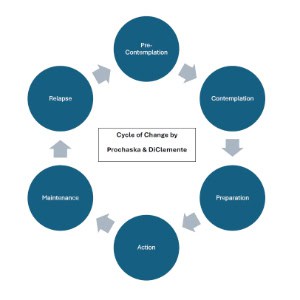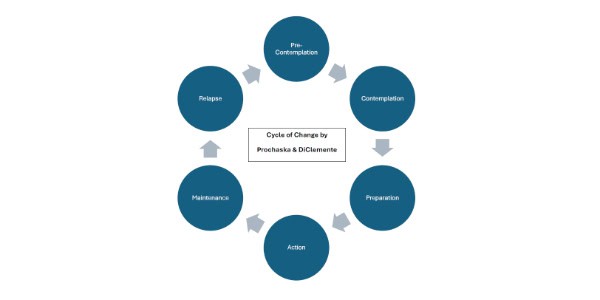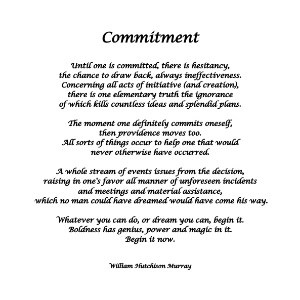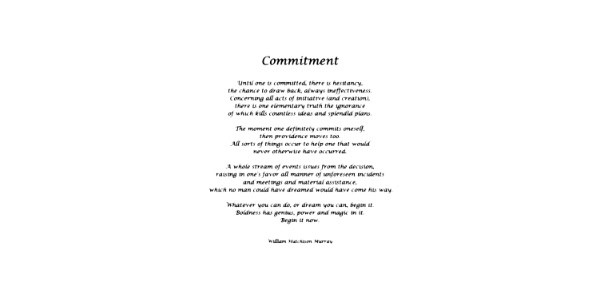Just Do Your Job (WT779)
BlogEvery now and again we have a conversation with someone and something they say gives us goosebumps and chills all over.
I call these “truth bumps” because they indicate to us that what we are hearing is the truth.
This week my body tingled with truth bumps.
I was talking with a colleague about making sales calls.
Prospecting is something that a lot of people resist.
We were discussing how important it is to include a request for introductions or referrals.
My colleague even encouraged me to reach out to past Leading Yourself and Leading Others Graduates to check in with them and also invite them to pass on any referrals, which I did.
As were discussing the various scripts, he gave an example from real estate.
“If I was speaking to Joe Blow, who moved away from the area 10 years ago, I would still end the call by asking Joe if he knew anyone locally who might be looking at selling their home.”
And then came the truth bump moment, he continued, “I’m just doing my job”.
Of course he’s doing his job. He is a real estate agent. Real estate agents have to find their own stock before they can sell it. It’s not like selling computers where you can simply order more when you sell all your stock.
So, how about you? What’s your job and are you doing it?
Do you need a shift in mindset to get yourself to do it?
As I contacted previous graduates of the Leadership experience, it would have been easy for me to cherry pick and to decide who might want to hear from me and whom I thought might not.
Instead, I shifted my mindset and thought, if I delegated this job to an admin assistant, they would simply send the message to the phone number and not even think about it. And so I did, I didn’t enter into Automatic Listening and make up stories. In fact, quite the opposite, I did think of all the wonderful leaders I have met and trained and I got a warm fuzzy feeling.
It was wonderful to be back in touch with so many people.
Just do your job, whatever your job is.
Afterall, you signed up for it.
P.S. Invite your friends to get the Weekly Thought delivered directly to their inbox.











